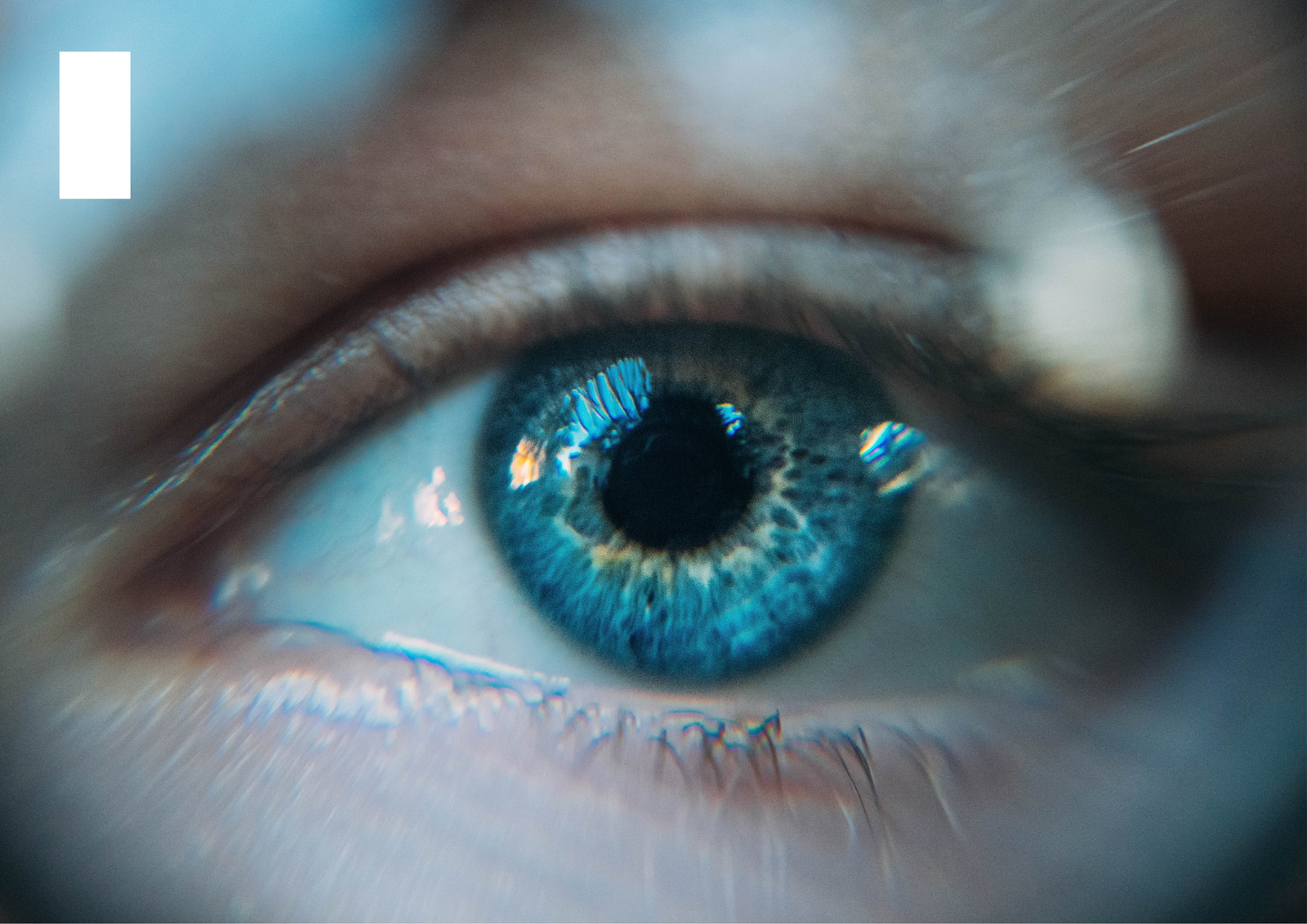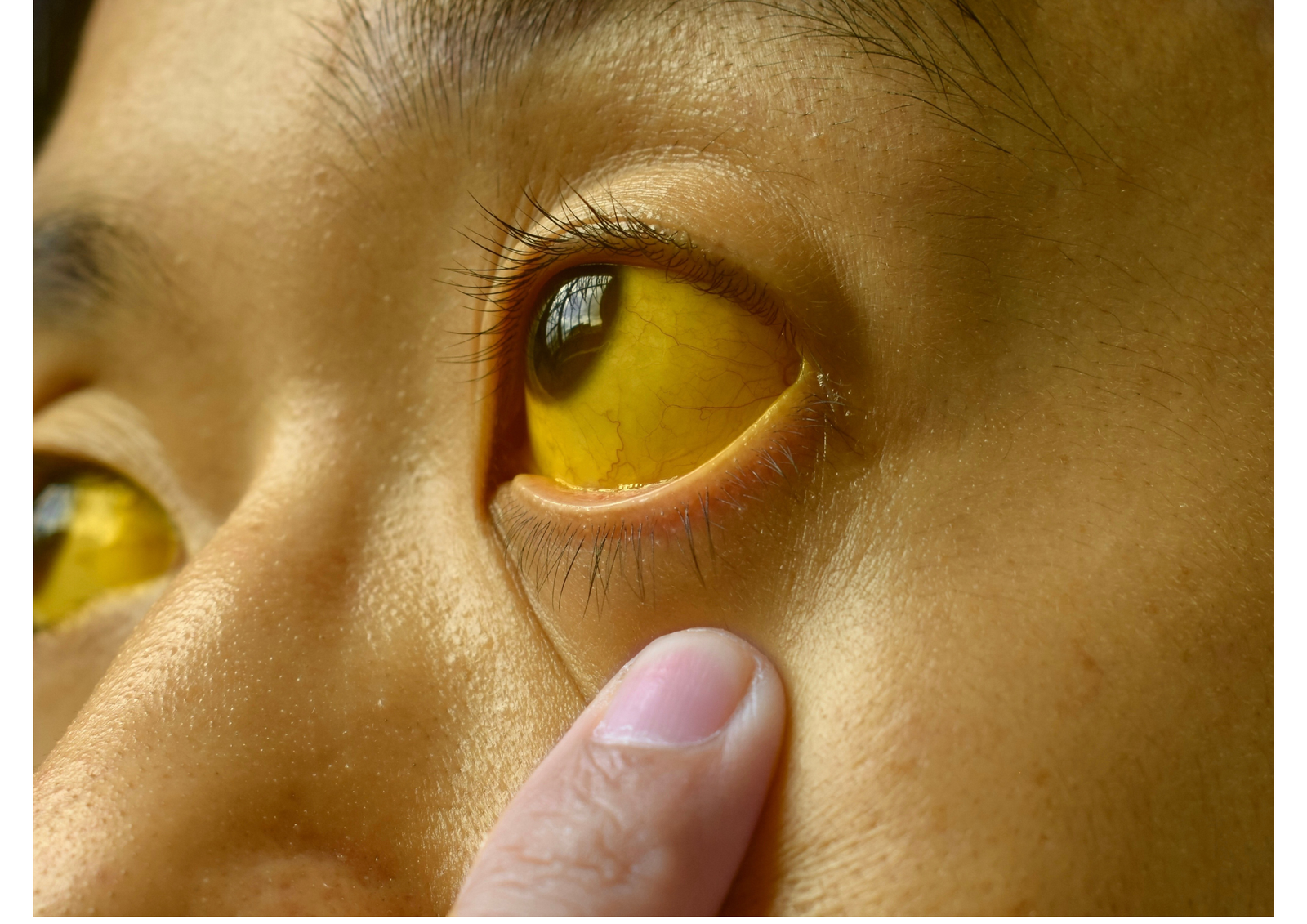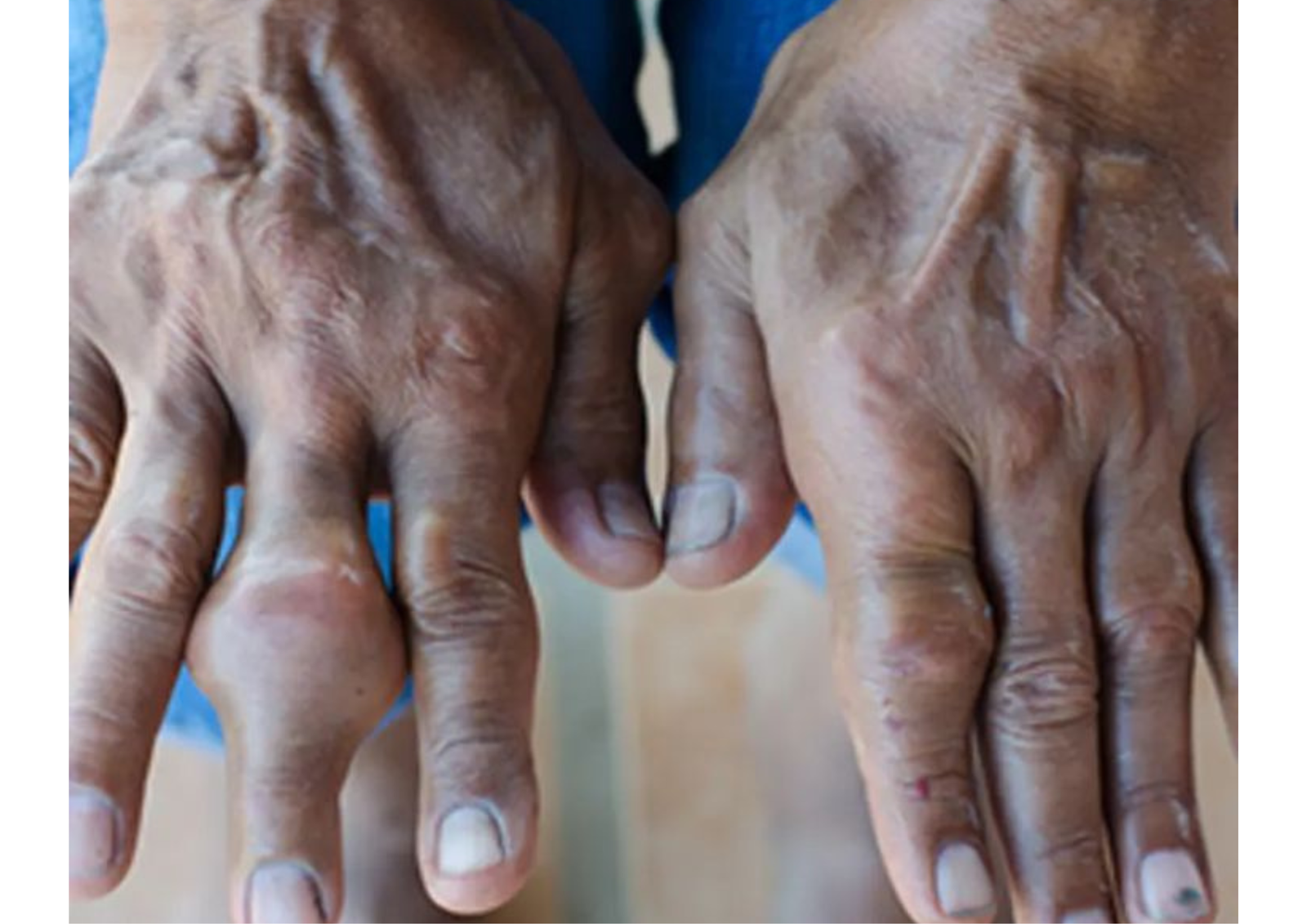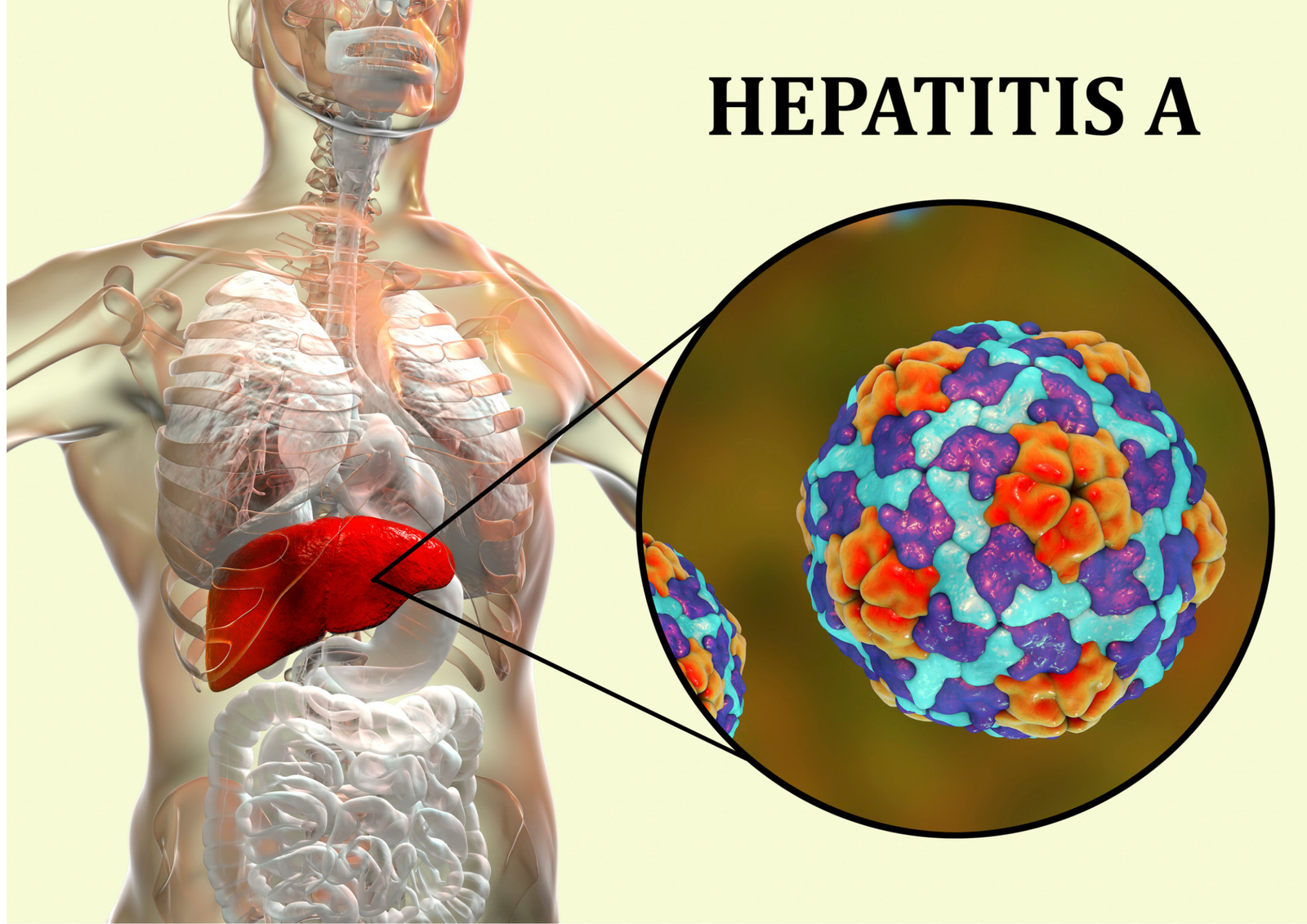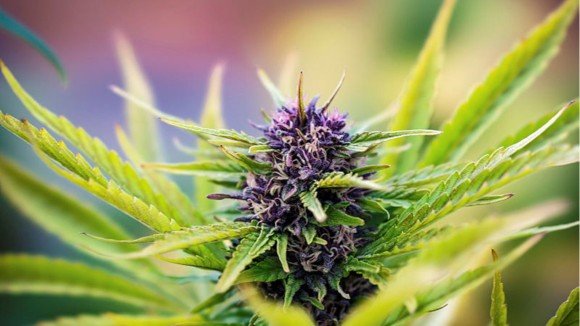
Cannabis sativa in Ayurveda: Ancient Wisdom for a Controversial Herb
Cannabis sativa, commonly known as Vijaya in Sanskrit, is one of the most debated plants in modern times. Its reputation swings between being a sacred, healing herb and a misused intoxicant. Yet, Ayurveda, the ancient Indian system of medicine, has a nuanced approach toward this plant — seeing it not merely as an intoxicant but as a powerful UpavishaDravya (semi-toxic herb) that can be therapeutic if used with care and wisdom.
This blog explores Cannabis sativa from the Ayurvedic perspective — its history, medicinal uses, properties, dosage, spiritual aspects, precautions, and the delicate balance Ayurveda prescribes for its safe use.
A Historical Glimpse
Cannabis has been part of Indian tradition for thousands of years. Ancient texts mention Vijaya among the revered herbs, acknowledging its ability to conquer diseases and bring relief when other medicines fail. It appears in scriptures like the Atharva Veda and is associated with Lord Shiva, who is said to favour cannabis as a sacred offering.
In Ayurveda, Cannabis sativa is primarily valued for its potent actions when purified and administered properly. It is never prescribed casually — rather, its semi-toxic nature demands careful processing (Shodhana) and precise dosing to ensure safety.
Common Names of Cannabis sativa
- Sanskrit: Vijaya, Siddhi, Madini, TrailokyaVijaya
- Hindi: Bhang, Ganja, Charas (depending on the part and preparation)
- English: Indian Hemp, Cannabis
- Botanical Name: Cannabis sativa Linn.
Vijaya translates to “the victorious,” symbolising its power to conquer stubborn diseases and provide unique relief when used judiciously.
Parts Used
Different parts of the plant serve different purposes:
- Leaves and flowering tops — commonly used in Ayurvedic preparations (known as Bhang or Ganja).
- Resin (Charas or Hashish) — less commonly used medicinally; more often linked to recreational use.
- Seeds — less intoxicating, sometimes used as a nutritional source.
Ayurvedic Pharmacological Properties
Ayurveda classifies Cannabis sativa with clear descriptions of its Rasa, Guna, Virya, and Vipaka:
Rasa (Taste):
- Tikta (bitter)
- Kashaya (astringent)
- Some describe a slight Madhura (sweet) note after purification.
Guna (Qualities):
- Laghu (light)
- Rooksha (dry)
These qualities help balance excess Kapha and stabiliseVata when used properly.
Virya (Potency):
- Ushna (hot in potency).
It warms the body, stimulates digestion, and acts as a catalyst for other herbs.
Vipaka (Post-digestive effect):
- Katu (pungent).
This enhances its digestive action, supporting appetite and metabolism.
Effects on Doshas
Cannabis sativa, when prepared and dosed correctly, can help pacify Vata and KaphaDoshas. However, its heating and drying nature can aggravate Pitta Dosha, especially if used excessively or without purification.
Therapeutic Uses in Ayurveda
When purified (Shodhana) and administered under expert supervision, Cannabis sativa offers several medicinal benefits:
🔹Analgesic (pain-relieving) — Its natural sedative and analgesic actions make it helpful for chronic pain, neuralgia, arthritis, and severe headaches.
🔹Anti-spasmodic — Useful for muscle cramps, spasms, dysmenorrhea (painful menstruation), and abdominal colic.
🔹Digestive stimulant — Small, regulated doses may boost appetite and help tackle loss of appetite due to chronic illness.
🔹Nervous system support — Acts as a mild sedative, helping with insomnia, stress, and anxiety if used wisely.
🔹Anti-diarrheal — Some traditional practices use it for chronic diarrhoea and dysentery.
🔹Aphrodisiac — Described in classics for its ability to increase libido in specific contexts.
Formulations
In Ayurveda, Cannabis is rarely used raw. It is part of various classical preparations like:
- BhangaTaila — a medicated oil used externally for pain relief.
- VijayaParpati — a traditional formulation for digestive and nervous conditions.
- MajunBhanga — used in Unani medicine for pain, sleep disorders, and stress.
These preparations strictly follow detoxification (Shodhana) protocols to reduce intoxicating effects and enhance medicinal benefits.
The Importance of Shodhana
Ayurveda strongly emphasises purification before use. Methods may include:
- Washing and boiling leaves in milk or water.
- Combining with detoxifying herbs like black pepper or ghee.
Purification reduces psychoactive effects, making it more tolerable for medicinal use.
Spiritual and Ritualistic Use
Cannabis holds a sacred place in many Indian rituals. Devotees prepare Bhang Thandai — a drink made with cannabis leaves, milk, spices, and nuts — during Holi and Shivaratri as an offering to Lord Shiva. Traditionally, it was believed to help devotees reach a higher state of consciousness and spiritual bliss.
However, Ayurveda does not promote habitual or recreational use. It acknowledges the spiritual dimension but cautions against excess and misuse.
Dosage Guidelines
Dosage is highly individualised:
- Powdered leaves: 125–500 mg (purified)
- Juice or paste: 1–3 grams (with other ingredients)
- Medicinal preparations: Taken as per vaidya’s guidance.
Never self-administer cannabis, as wrong doses can lead to mental dullness, addiction, or even psychosis.
Precautions and Contraindications
Ayurveda treats Cannabis sativa with deep respect — and caution:
❌Not suitable for children, pregnant or lactating women.
❌ Contraindicated in those with high Pitta conditions like ulcers, hyperacidity, or heat rashes.
❌ Long-term misuse can cause lethargy, memory loss, anxiety, and dependency.
❌Always consult an Ayurvedic doctor to decide suitability, purification, and dosage.
Modern Relevance
Today, cannabis is re-emerging as a potential therapeutic agent worldwide. Many modern studies explore its pain-relieving, anti-inflammatory, and calming effects. However, Ayurveda’s holistic wisdom reminds us that its benefits come only with purification, moderation, and correct guidance.
Get more information click here.
If you are 100% ayurvedic medicine. click here

